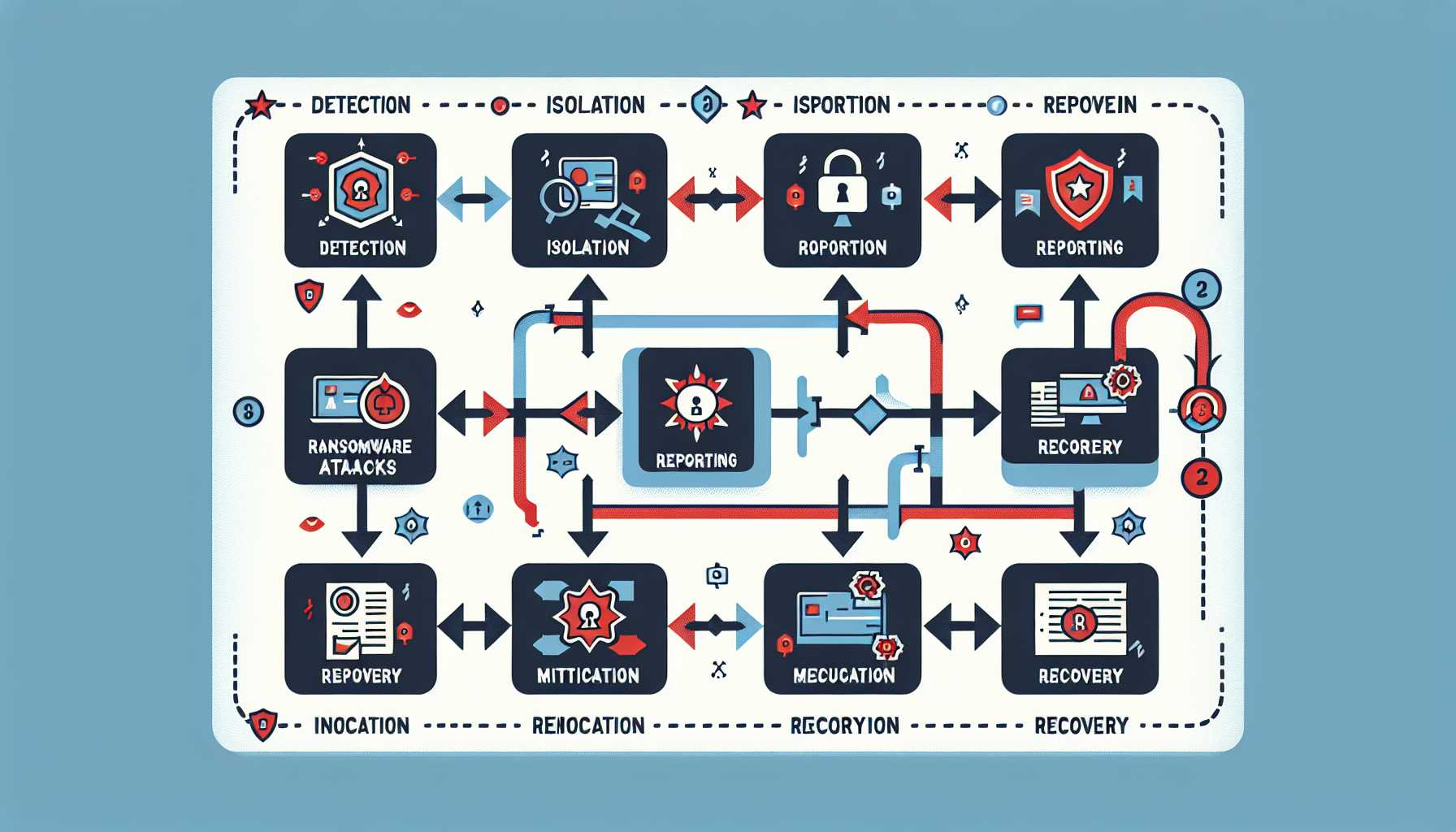?
Cybercrime is booming, and ransom payment debates are heating up. As cybercriminals rake in hefty payouts from ransomware attacks, government officials grapple with a critical decision: Should ransom payments be banned to derail cybercriminal incentives, or would such legislation ultimately harm the victims? Here, I’ll dive into the complexities of this controversial issue and the potential aftermath of a federal ban on ransom payments.
The Ransomware Revenue Roller Coaster
In the cat-and-mouse game of ransomware, the stakes are sky-high, and the payouts are even higher. Despite long-standing advice from U.S. officials against succumbing to ransom demands, there’s yet to be a national prohibition. While states like North Carolina and Florida have outlawed ransom payments for local government entities, the broader scope has remained untouched by federal legislation.
At first glance, a ban might seem like a no-brainer. Cut off the money supply, and you cut off the lifeline that sustains this cybercrime. However, implementing such a ban proves to be a Herculean task fraught with unchartered complexities and potential unintended consequences.
An International Call to Starve Hackers
In October 2023, a significant stride was made against ransomware: an alliance of over 40 countries, spearheaded by the U.S., vowed not to pay ransoms. The aim was crystal clear: to strip hackers of their primary income. Yet, ransomware attacks haven’t waned. Instead, we’ve witnessed a spike in activities, with hackers finding and exploiting vulnerabilities with unabashed confidence. These developments beg the question: Is a ban on ransom payments truly the solution to the ransomware crisis?
To Ban or Not to Ban?
If ridding the world of ransomware was as simple as outlawing payments, this article would be unnecessary. But in the realm of cybercrime, there are no easy answers. A sweeping global regulation would be essential for a ransom payment ban to be effective, considering that cybercrime knows no borders. But with different international standards and some governments covertly condoning hacker activities within their borders, a universal crackdown seems unattainable.
Moreover, blanket bans naturally come with exceptions, particularly in dire situations that involve life risks or national security threats. These exceptions not only complicate enforcement but could also signal to attackers the high-value targets, potentially leading to more targeted attacks. And let’s not forget, if companies face legal consequences for paying ransoms, they might opt for silence over cooperation with law enforcement, hindering the collective effort against cybercrime.
Would a Ban Even Work?
In theory, a ban puts the brakes on ransomware by eliminating its profitability. Yet, we live in a world where hackers play by their own rules, and those rules don’t include bowing to legislation. Criminalizing ransom payments may simply push this underworld economy deeper underground, prompting cybercriminals to evolve into even more covert operators. As Allan Liska from Recorded Future points out, without a robust catalog of ransomware attacks, it’s impossible to gauge the impact of such a ban effectively. The inconclusive results from North Carolina and Florida’s payment prohibitions underscore the need for a data-driven approach before leaping into legislative action.
Technical Tangles in Tackling Ransomware
Certainly, paying ransomware groups does not benefit society. It incentivizes criminal activity and perpetuates a perilous economic model. Yet, the hard truth remains that simply banning ransom payments won’t stop cybercriminals from launching attacks.
India’s AI Advisory: A Regulatory U-Turn
In a surprising pivot, India’s Ministry of Electronics and IT has issued an advisory that could foreshadow an era of stringent AI regulation. This new directive upends India’s previous laissez-faire attitude toward AI, requiring major tech firms to seek government permission before unleashing new AI models.
India’s Advisory and the Chill on Tech Innovation
Tech firms are now tasked with ensuring that AI does not foster bias, discrimination, or jeopardize electoral integrity. With immediate compliance demanded and status reports due within a fortnight, the advisory has sent ripples of concern through the startup community and beyond, raising concerns over the potential stifling of innovation in a sphere where India is already playing catch-up.
Between National Interests and Global Competition
This regulatory shift has drawn criticism, especially from industry figures who have questioned the timing and the necessity of the advisory. Industry stakeholders express fears that this could hamper India’s prospects in the global AI race, while some startups already entrenched in the AI space are reeling from what appears to be an unexpected regulatory hurdle.
Responses to AI Missteps: A Catalyst for Change
The advisory comes on the heels of an incident involving Google’s Gemini AI, which controversially labeled India’s PM Modi as a fascist in response to a user query. While the advisory isn’t a direct legal instrument, it does serve as a stark indicator of potential future governance structures around AI technologies and platforms. As we head into an era increasingly dominated by AI and machine learning, grappling with the dual necessity of fostering innovation and protecting societal interests remains paramount. India’s sudden pivot raises essential questions about how countries will balance these competing priorities.
Conclusion: Navigating the Tech Policy Maze
From the crescendoing debate around ransomware payment bans to India’s assertive AI advisory, it’s evident that navigating the labyrinth of technology policy is no simple feat. As we edge towards more ubiquitous technology intertwining with every aspect of our lives, the discourse around regulation and enforcement becomes increasingly intricate. And as a tech expert, I watch with bated breath, hopeful that a balance between innovation and security finds its way in the policy landscape. As an industry, we must adapt to an ever-shifting regulatory environment, all the while advocating for measures that don’t stifle the very innovation they seek to protect. With data as our guide and collaboration our compass, I trust we can charter a course that safeguards both our digital ecosystem and the dynamic spirit of technological advancement.









